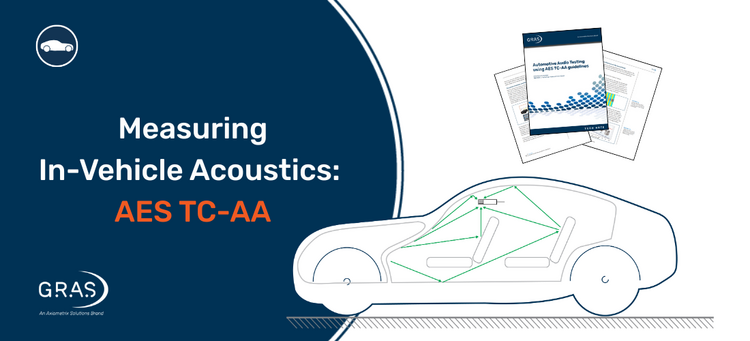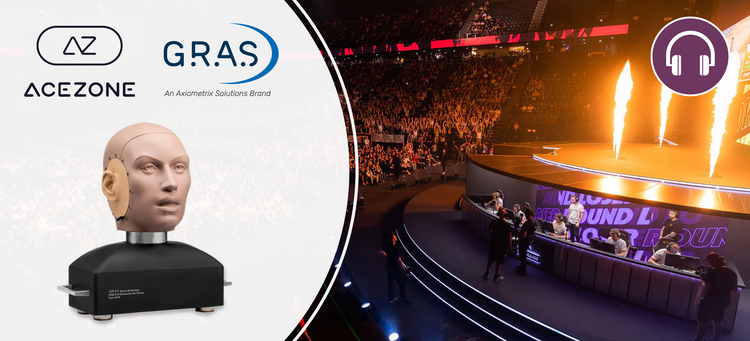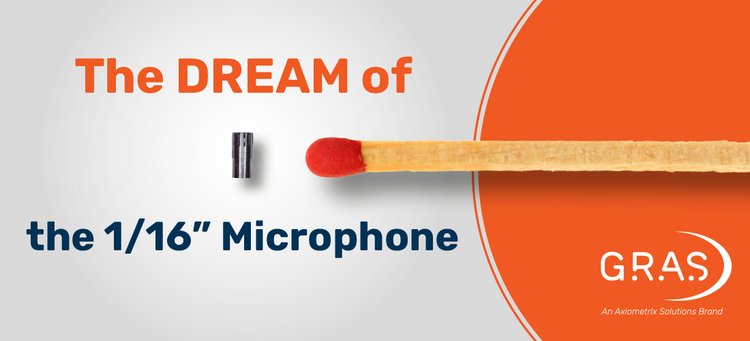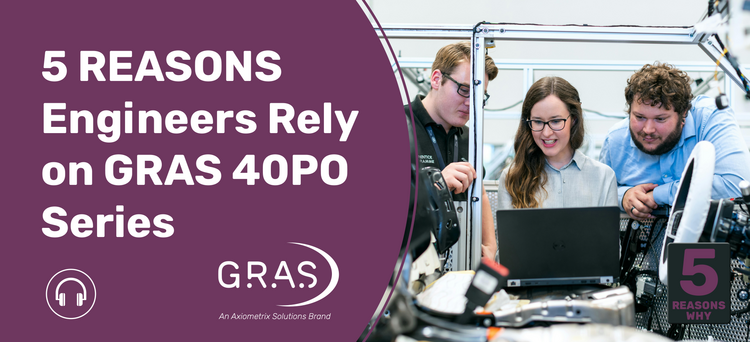The AES Technical Committee on Automotive Audio (TC-AA) has now published its first set of recommendations for in-vehicle acoustic testing, creating a foundation for repeatable, comparable, and reliable measurements across vehicles and systems.
The communication systems for gaming headsets face one of the toughest environments imaginable: sold-out arenas filled with roaring fans, broadcasters, and constant background noise. In these conditions, teams must rely on headsets that deliver uncompromised clarity, durability, and noise control.
Axiometrix Solutions provides cutting-edge test and measurement solutions through its globally respected brands, Audio Precision, GRAS Sound & Vibration, and imc Test & Measurement. Unified under the Axiometrix Solutions banner, they offer one-stop solutions for all automotive testing needs, helping manufacturers and engineers avoid the costs and complications arising from fragmented systems and vendor management.
When repeatability and speed need to coexist in acoustic validation, even small inefficiencies in your measurement chain can compound. Whether you're validating mobile devices, audio electronics, or acoustic transducers, your microphone should not be the variable.
As electric vertical take-off and landing (eVTOL) aircraft move from concept to reality, they bring the promise of cleaner, quieter air mobility—especially in urban and suburban areas. From air taxis to regional electric aircraft, the vision is bold—but its success will depend heavily on how these vehicles sound.













